Introduction
We live in an era in which consumerism dictates the way we live.We think we need more stuff to be happy, when in fact, research proves exactly the contrary.
Did you know that we throw away 80% of the products we possess in the first six months of their life? Did you also know that in order to provide the resources we need and absorb the waste we create it would take 1.6 planet Earths to fulfill those needs? That means that currently we are taking more resources and creating more waste than our planet has the time to naturally heal.
Today, we are 7 billion people in the world, but our population is projected to grow to around 8 billion in less than 10 years. This means that a huge amount of people will enter the echelons of the middle class, and they will be demanding access to more cars, phones, TV’s, etc. If we don’t change the way we design our products and services, what will there be left?
We are seeing the catastrophic effects of what we call “design gone wrong” unfold before of our eyes. As designers we find ourselves before a paradox: never has design had so much freedom in its application, and never have designers been taken so seriously in government, in science and in business as in our era. But, with great power comes great responsibility. If 80% of the products we make are being thrown away in less than 6 months, then we as designers are failing.


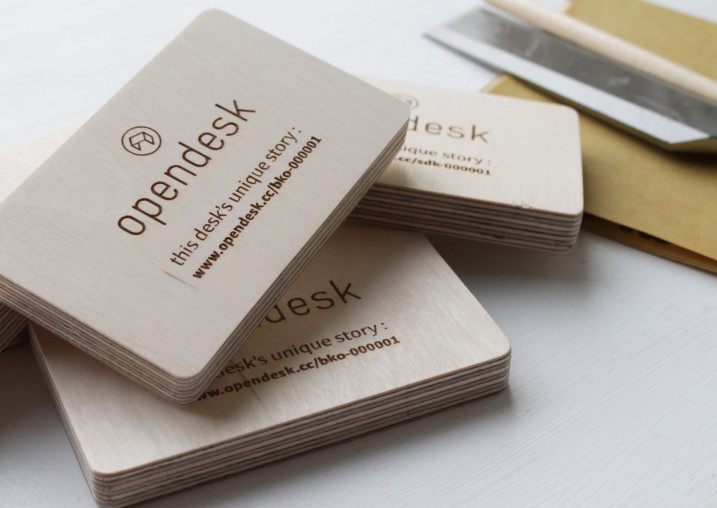
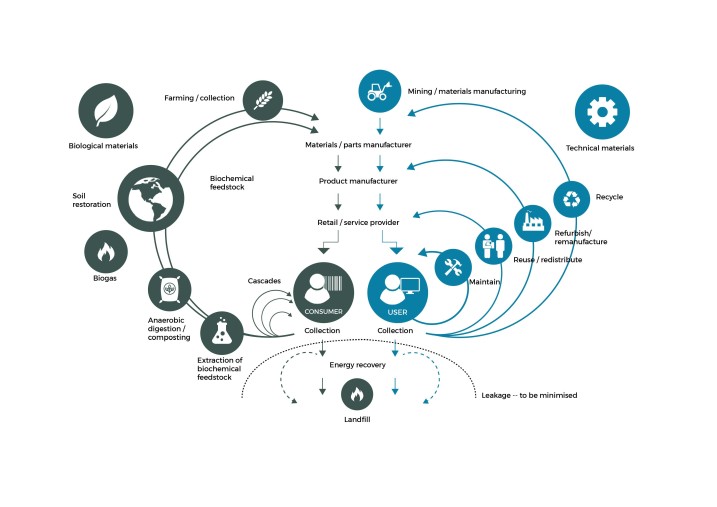
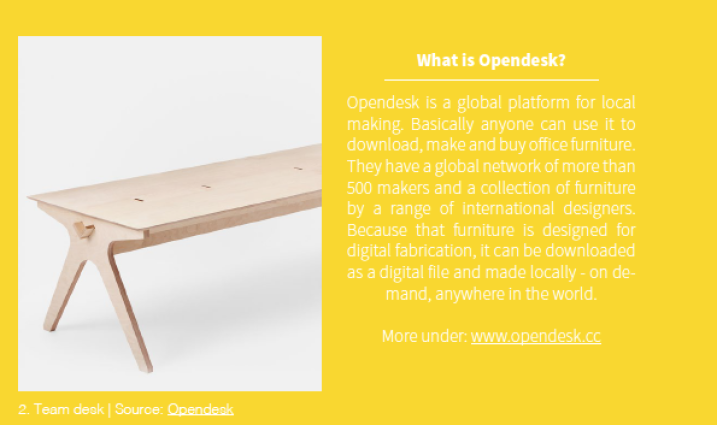
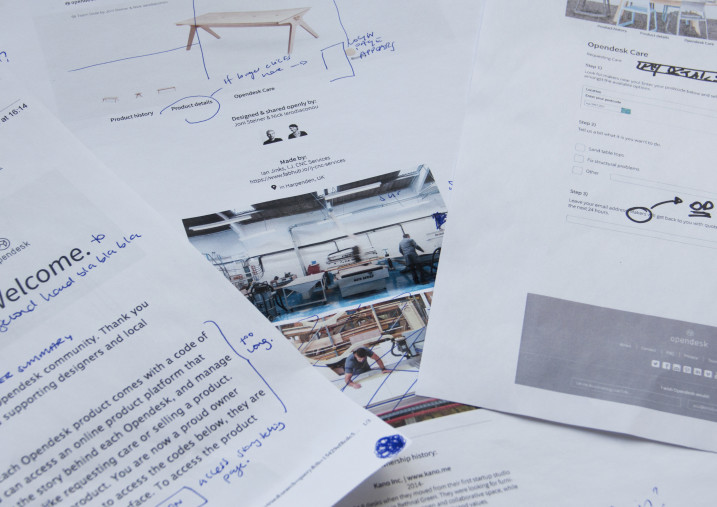
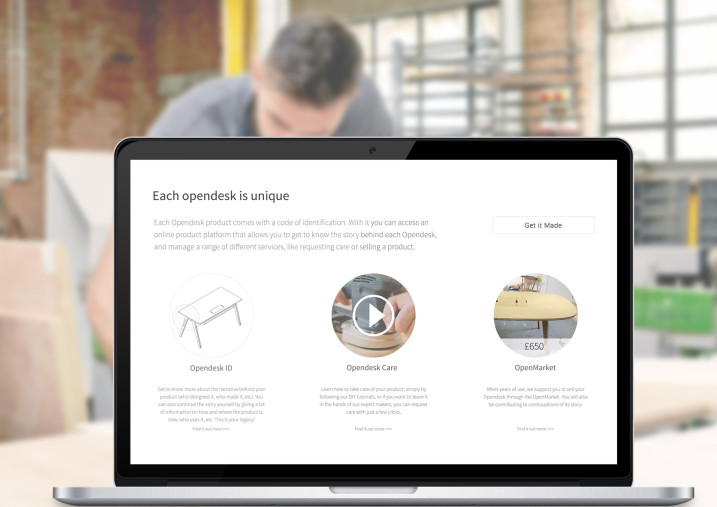
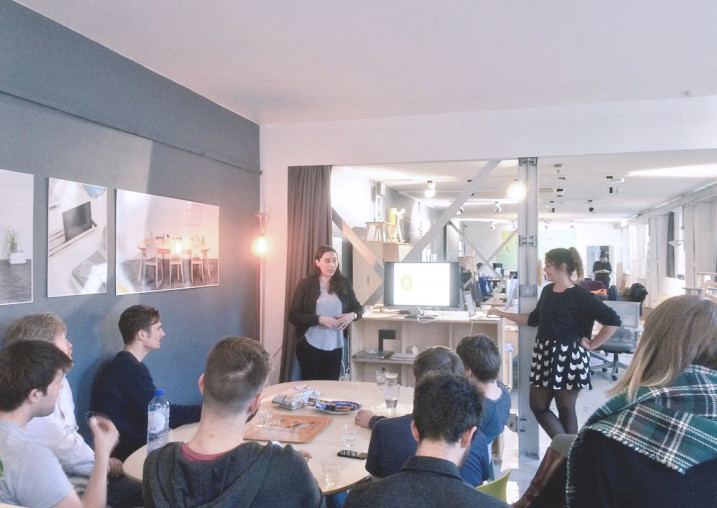
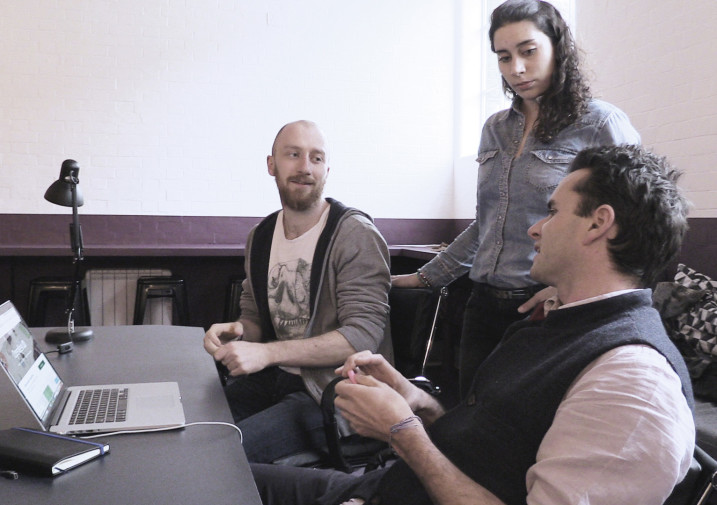

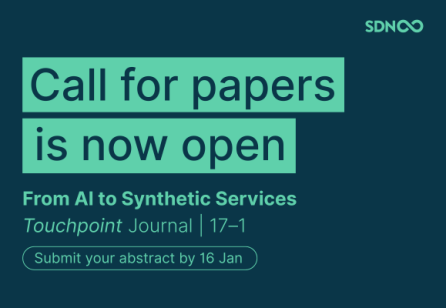



Share your thoughts
0 RepliesPlease login to comment